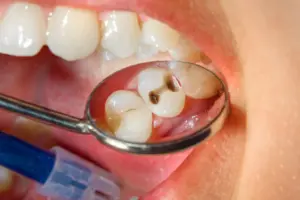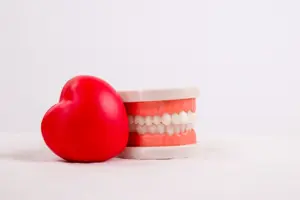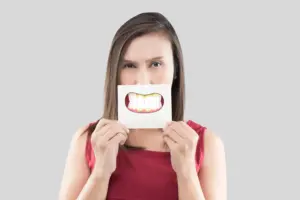
We all know we should brush and floss, but few of us think about how we do it. It’s just a part of the daily routine, right?
But here is the thing: just brushing and flossing is not enough. Doing it wrong can leave behind bacteria, damage your gums, and lead to cavities, even if you are brushing twice a day. So the big question is, are you doing it right?
Why do brushing and flossing matter?
Before learning the technique, you must first understand why brushing and flossing are necessary.
Every time you eat or drink, bacteria in your mouth produce acid that attacks your teeth. With time, this can lead to plaque buildup, cavities, or gum disease. Brushing and flossing effectively remove plaque and bacteria, but only if you use the correct techniques.
Also Read | AIIMS researchers highlight link between oral health and cancer outcomes
How to brush properly?
- The bristles of your toothbrush, when used with extra force or with the wrong technique, can wear down your enamel and hurt your gums. Always go for soft or extra-soft bristles.
- Fluoride toothpaste is the best choice because it helps protect your teeth from cavities; you only need a pea-sized amount.
- Always hold your brush at a 35° angle to your gums. This will help you clean both the teeth and the gum line.
- Avoid scrubbing hard, as it won’t improve cleaning and may harm your gums. Just use small, gentle circles instead of rough back-and-forth scrubbing.
- Don’t just clean the front of the teeth; make sure that you brush the outer surface, the inner surface, and the chewing surface on top. Also, gently brush your tongue or use a tongue scraper. This will help you get rid of bacteria and keep your breath fresh.
- Most people brush for only 30 to 45 seconds, and that’s not enough. You need to set a timer or play a short song that lasts 2 minutes.
Also Read | Study links poor oral health with body pain, migraines in women
What about electric toothbrushes?
Electric brushes are great, especially if you struggle with brushing technique or have arthritis. They often come with timers and do most of the work for you.

What is flossing?
Flossing is as important as brushing to maintain oral hygiene. Sometimes, food and plaque can get stuck between your teeth, and toothbrushes cannot reach and clean the areas. Also, it’s important to remember that mouthwash cannot replace flossing.
You can use about 18 inches of floss wrap, most of it around your middle fingers, and leave 2 to 3 inches to work with. Then, gently slide the floss between your teeth without snapping it down, as that can hurt your gums. When the floss is between your teeth, curve it around one tooth and slide it up and down, then repeat for the other tooth. Go below the gum line but gently. Always use a clean section for each tooth as you move from one to another.
Heart disease, diabetes, and even pregnancy problems are associated with poor dental hygiene. Brushing and flossing might seem like simple tasks, but they have a huge impact on your health. They are important not just for your teeth but for your entire body.








